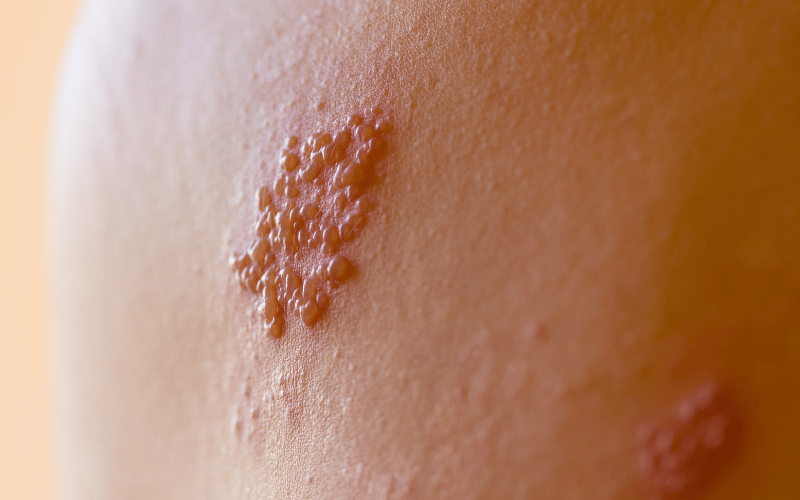Introduction: Unmasking Herpes Gladiatorum
In the realm of infectious diseases, herpes gladiatorum often remains enshrouded in mystery. Unlike its more renowned cousins, such as oral and genital herpes, herpes gladiatorum isn’t a household name. But for those affected, the symptoms can be as real and disruptive. Recognizing these symptoms early can make a world of difference in managing and treating this condition.

Although commonly dubbed as “wrestler’s herpes” due to its frequent occurrence in athletes, especially wrestlers, this ailment is caused by the Herpes Simplex Virus type 1 (HSV-1). The skin-to-skin contact in sports like wrestling offers an ideal conduit for the virus to spread, making awareness crucial for those in close-contact activities.
While the very mention of herpes might conjure images of outbreaks on the mouth or genitals, herpes gladiatorum primarily attacks other parts of the body. Common sites include the face, neck, and arms, but it can manifest anywhere there’s been skin-to-skin contact with an infected person. It’s this deceptive nature that makes it imperative to discern its symptoms, ensuring timely action.
Understanding the symptoms goes beyond mere knowledge. It equips individuals, especially those in high-contact professions or sports, to be proactive in preventing its spread. The goal isn’t just personal well-being, but community protection. The journey begins with recognizing the first signs – and that’s precisely where we’ll steer our focus.
1. Clustered Blisters: The Unsettling Herald of Herpes Gladiatorum

A standout symptom of herpes gladiatorum, the appearance of clustered blisters, often takes one by surprise. Resembling tiny fluid-filled bubbles, these blisters often feel tender to the touch. Commonly seen on the face, neck, and arms, they emerge from the very spots where the skin came into contact with the virus.
Their emergence is a deceptive dance, often starting as tiny, itchy bumps that evolve into full-blown blisters within hours. Unlike the sporadic blisters caused by friction or burns, these clusters bear a signature pattern, clustering together, hence the name. They’re the body’s visual scream, signaling the invasion of the herpes virus.
What makes these blisters particularly fascinating is their life cycle. After their initial formation, these little pockets of fluid will eventually rupture, leading to painful open sores. Over time, these sores crust over, forming scabs that heal without leaving scars.
It’s quite the process, observing how the body instinctively tries to heal and protect itself from further harm. However, during the blistering stage, there’s an increased chance of transmitting the virus to others, especially through direct contact. This very fact underscores the importance of awareness and appropriate measures to prevent its spread.
One might ponder if these blisters could be confused with other skin conditions. Indeed, there are other culprits like chickenpox or shingles that also manifest as blisters. However, the clustered pattern and specific locations often linked with herpes gladiatorum set it apart. It’s a symptom that, while startling, paints a clear picture of what’s at play beneath the skin’s surface. (1)